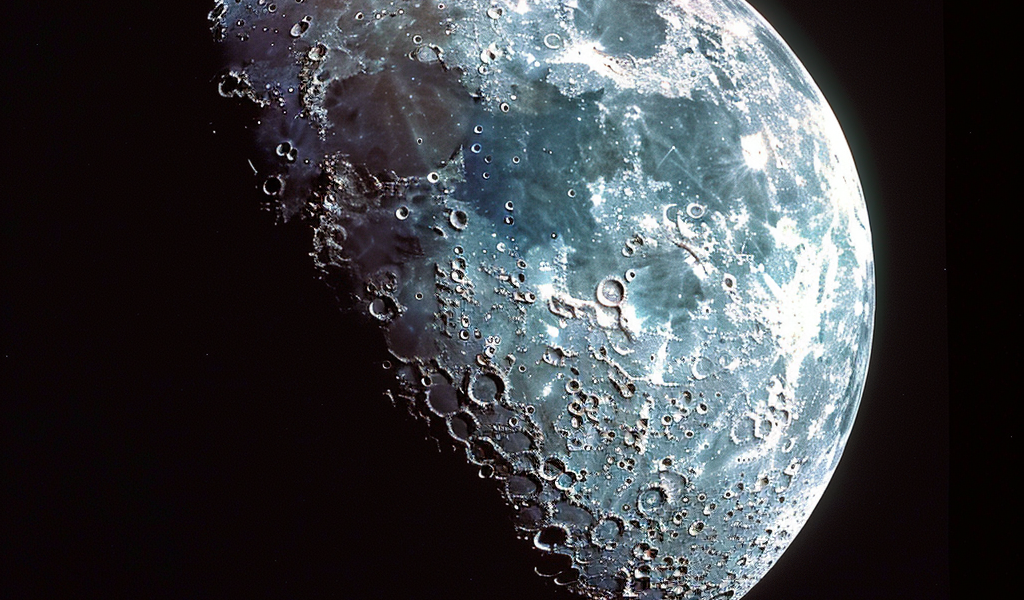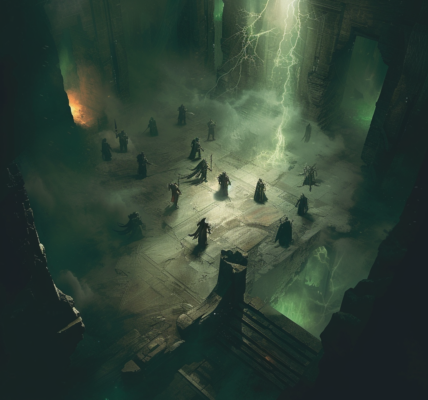Earth’s closest cosmic companions, known as ‘minimoons’ or ‘quasi-moons’, could hold the secrets to the history of our early solar system.
The solar system holds many secrets that scientists are still trying to unravel. To help shed light on these mysteries, researchers are turning to space rocks of all kinds that may hold clues to the lost story of our solar system’s past. This approach is already bearing fruit: In October 2023, NASA’s OSIRIS REx mission discovered water and carbon — two of the precursors for life on Earth — on the 4.5 billion-year-old asteroid Bennu.
Among the thousands of asteroids swarming near Earth’s orbit, minimoons — tiny cosmic bodies, whose orbits are partially governed by Earth and partially by other solar system bodies — may be prime candidates for learning about the origins of the solar system, said Richard Binzel, a professor of planetary sciences at the Massachusetts Institute of Technology.
Minimoons’ relatively close proximity to Earth means traveling to them and grabbing a sample would take much less time and fuel than it would to get to asteroids like Bennu. Although scientists aren’t yet sure where minimoons came from, a leading theory suggests they originated in the main asteroid belt, which is located between Mars and Jupiter.
Near-Earth asteroids from this region, such as Bennu or a minimoon, are ‘like time capsules,’ Paul Abell, chief scientist for small body exploration at NASA, told Live Science. ‘They give us indications of what the early solar system was like [and] what the conditions were.’
For example, in 2019, the Japan Aerospace Exploration Agency (JAXA) retrieved samples from the diamond-shaped asteroid Ryugu, located more than 200 million miles (322 million kilometers) from Earth. Later analysis revealed that the space rock contains stardust that predates our solar system, as well as ‘prebiotic organics,’ includ





